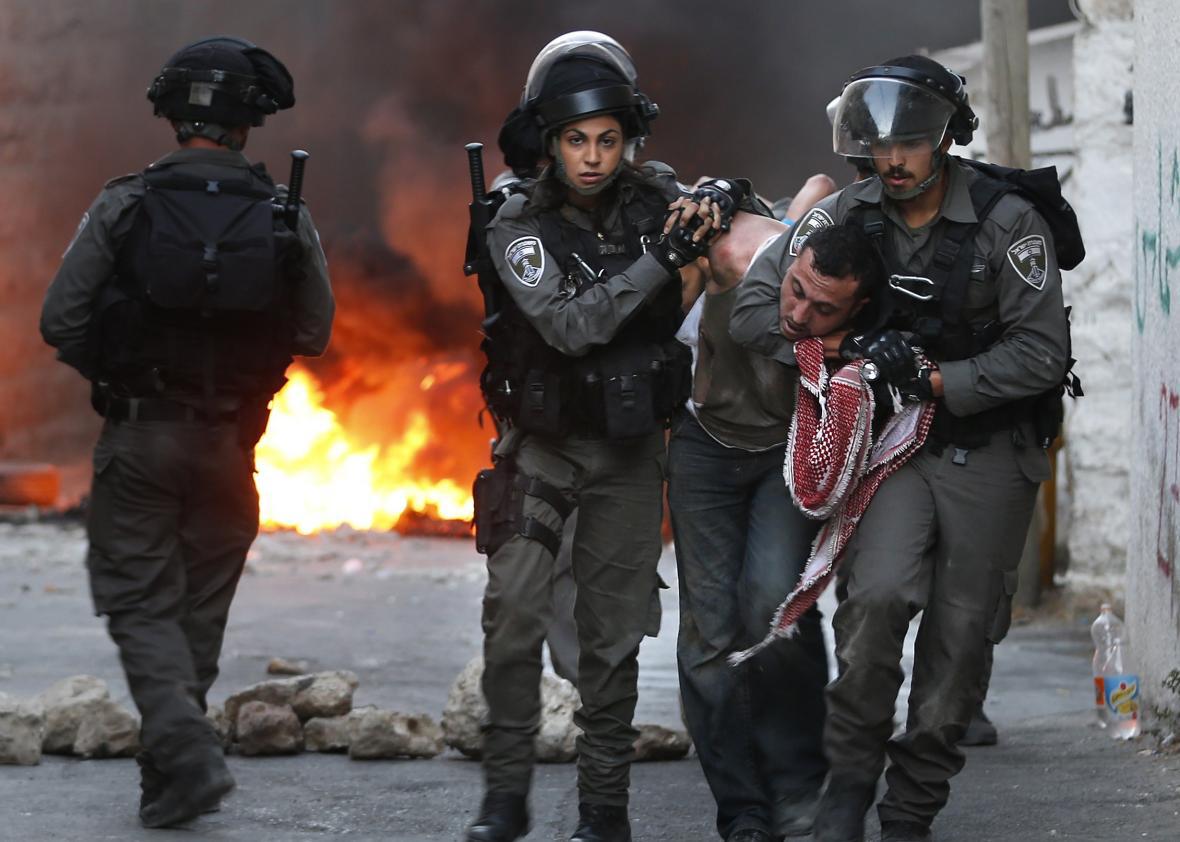Israeli police have limited access to the Old City of Jerusalem after two Israelis were killed and three injured by Palestinians in separate stabbing incidents. The restrictions allow only Israeli citizens, tourists, and residents into the Old City, effectively banning Palestinians from East Jerusalem from entering the area. As they have during past periods of unrest, authorities have also banned praying at the al-Aqsa mosque compound, on what Jews call the Temple Mount. Prime Minister Benjamin Netanyahu has also announced new security measures including the “administrative detention”— jailing without trial—of rioters and terrorism suspects and reintroduced the controversial policy of demolishing terrorists’ homes, all of which is likely to further stoke Palestinian anger.
The developments follow three weeks of violence and retaliation which began around Rosh Hashanah with clashes between Israeli security forces and Palestinian protesters. The Jewish New Year is often a tense period in Jerusalem, as it brings an increase in visits by Jews to the Temple Mount. Protests have continued since then and tensions have increased over the shooting of an 18-year-old Palestinian woman by the IDF at a checkpoint in Hebron (the IDF says she was armed with a knife, Palestinians disagree) and the gunning down of an Israeli settler couple by Palestinian gunmen in the West Bank as they were driving their children.
As with previous periods of increased violence, many are asking if we are witnessing the beginning of a third Intifada, the term for the widespread uprisings in 1987 and 2000. The Israeli tabloid Yedioth Ahronoth touted “The Third Intifada” on Monday’s front page. The German government, ahead of a planned visit from Prime Minister Benjamin Netanyahu, warned that one could be about to begin. And on the Palestinian side, one senior member of Mahmoud Abbas’s Fatah party called the recent events “signs of a third intifada.”
The level of violence hasn’t reached anything close to what was seen during the second Intifada, between 2000 and 2005, when more than 1,000 Israelis and 3,000 Palestinians were killed, but as Haaretz’s Anshel Pfeffer argues, what’s striking about the current situation is that the lulls between outbreaks of violence have become barely noticeable, suggesting a kind of stealth Intifada has already begun.
When people talk about a new “Intifada,” what they seem to mean is a dramatic change in the status quo, an escalation of Israeli-Palestinian violence beyond what’s become tragically routine. Abbas, who says he does not want an Intifada, but that Israel’s actions may make one inevitable, could have initiated such an escalation in his supposedly “bombshell” U.N. speech last week by announcing the suspension of the Palestinian authority which theoretically governs the West Bank in cooperation Israel or canceling the cooperation between Israeli and Palestinian security authorities. But the Palestinian president, who has too much to lose by taking such drastic steps, stopped short of that, making it likely that after the current round of increased tension and violence, things will go back to normal—which is plenty bad already.
